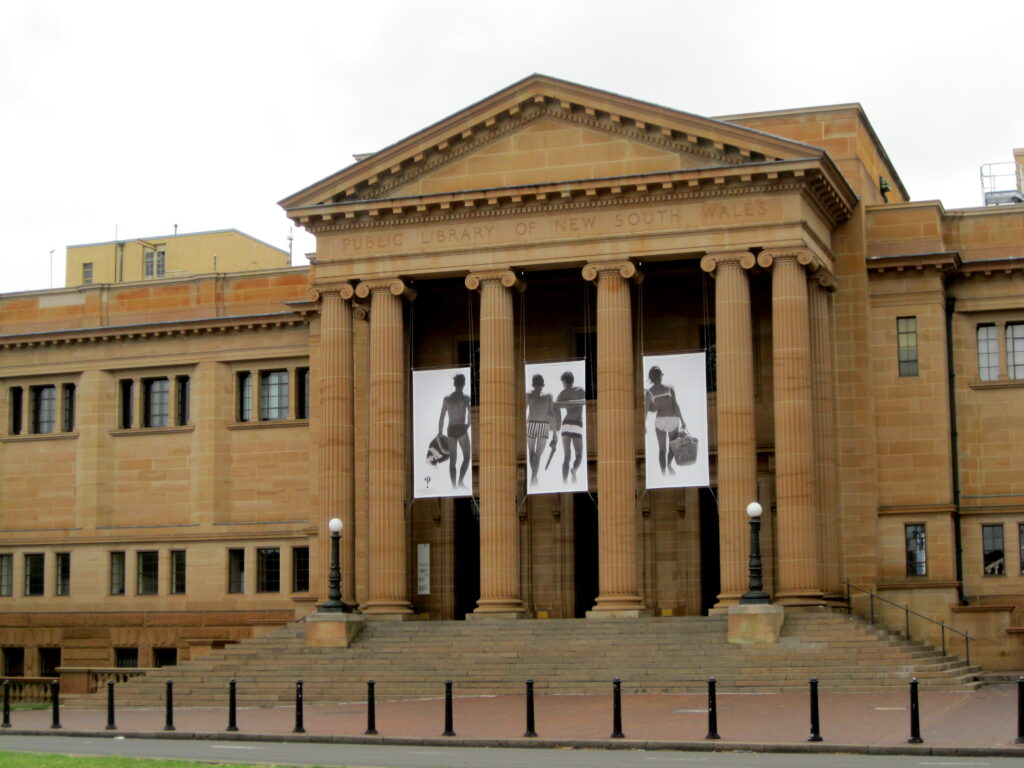
UPDATE: The final report for this project can be accessed via the State Library of New South Wales website at: https://www.sl.nsw.gov.au/public-library-services/first-language-reading
The State Library of New South Wales has funded a current research project where I am investigating the experience of reading in first-language for Australians whose first language is not English. I am exploring how it feels to read in your first language, why that experience is important, how well public libraries are able to support that experience, and I am gathering ideas from my participants about how their public libraries can do even better than they are now. For this research I have interviewed 12 participants across 11 language groups: Russian, Polish, Bulgarian, Bangla, Tamil, Arabic, Korean, Persian, Spanish, Cantonese and Mandarin.
This has been a really interesting project I have enjoyed meeting and working with the participants who shared their stories with me. I have presented my preliminary findings to the State Library of New South Wales and will follow this up with a full report. My findings indicate that reading in first-language is of vital importance to migrant communities. Being able to read in your first language has been described as “refreshing”, “relaxing”, and “comforting”. Participants explained how reading in their first language feels like “going home”, and like “sitting on my mother’s knee being held and being safe”. A number of participants said they understand why a first language is referred to as a ‘mother-tongue’ as reading in their first language makes them feel a strong connection back to their childhood and first home country.
First language reading clearly supports links back to home and family, but participants also mentioned that reading in their first language also allowed them to connect their children with their cultural heritage. Reading to children in the language of their cultural heritage also keeps the language alive and connects the next generation to their cultural past and communities. So, reading in a first language supports links to the past, and also to the future, and as such is a highly valued activity for each of the participants. Every participant was also extremely grateful for the work done by public libraries to make the experience of first-language reading possible.
There were some great ideas from participants as to how public libraries could support reading in first languages even more. For example, participants were keen for libraries to make greater use of community members to help add book summaries in their languages to the catalogue records, to guide the purchasing of reading materials and to help bring community members into the libraries. They were also mindful of their communities often being time-poor and of the importance of taking the books to where the readers are, rather than asking the readers to come to the libraries.
I am looking forward to taking a deeper look at the transcripts of the interviews and passing on what I learn to the State Library of New South Wales and the broader library community. I am very grateful to the State Library of New South Wales for funding this important research and for their enthusiasm for supporting first language reading.
